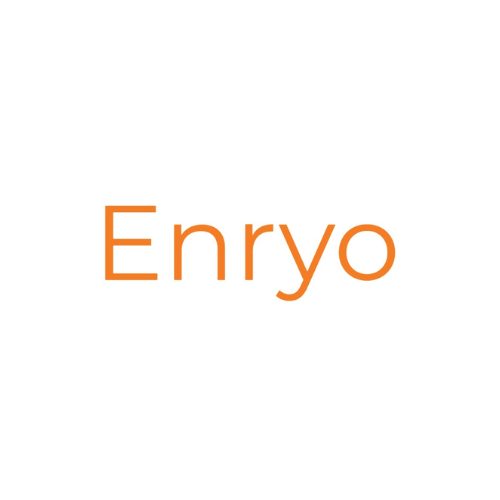Source: OMFIF
Improving cross-border payments is a key priority for the G20. At the 2023 Digital Monetary Institute symposium in London, Tommaso Mancini-Griffol, deputy division chief of monetary and capital markets at the International Monetary Fund, said that Libra, Facebook’s attempt at a global currency, delivered a ‘collective shock’ to the public sector. He highlighted the inadequacies of cross-border payments: high costs, low speed and inadequate transparency.
One of the most promising solutions to these problems is the interconnection of central bank digital currency systems. This is an attractive concept because of the global surge in CBDC development. It is hoped that, as these state digital payments systems emerge, the work of creating a seamless cross-border payments system to bridge the gaps will already have been done.
Project Icebreaker versus Project mBridge
Even within this approach, however, there are different strategies. Two projects with distinct philosophies were showcased at the DMI symposium. Project Icebreaker is a collaboration between the Bank of Israel, Norges Bank and Sveriges Riksbank, in coordination with the Bank for International Settlements Innovation Hub Nordic Centre, that aims to connect retail CBDC systems. Project mBridge is a multi-CBDC platform developed by the BIS Innovation Hub Hong Kong Centre, Hong Kong Monetary Authority, Bank of Thailand, People’s Bank of China and the Central Bank of the United Arab Emirates. It is the largest multi-CBDC project involving cross-border transactions.
Both Project Icebreaker and Project mBridge are multi-CBDC platforms for cross-border payments. Both aim to reduce the costs and increase the speed of cross-border transactions. However, there are key differences in the design and architecture of the models that have implications for interoperability and scalability of the platforms (Figure 1).
Figure 1. A comparison of the two projects
| Project Icebreaker | Project mBridge | |
| Type | Retail | Wholesale |
| Architecture | Hub and spoke | Common platform |
| Technology/governance | Various; TBD | Distributed ledger technology (mBridge ledger) |
| Foreign exchange liquidity provision | Integrated third-party foreign exchange providers | Determined off bridge; TBD |
| Bridge currencies | Participating currencies, if needed | None |
| Settlement method | Coordinated settlement in payment versus payment style | Payment versus payment instant settlement |
Source: BIS, OMFIF analysis
The first and perhaps most important distinction is that Icebreaker aims to interlink domestic retail CBDCs while mBridge is a platform for wholesale CBDCs – in other words, inter-bank settlement. However, although individuals will not interact directly with mBridge, the improvements to the speed and the reductions to the cost of their cross-border transactions should still improve their experience of transacting with counterparties in participating countries.
The primary difference for retail users of Icebreaker versus mBridge relates to the integration of foreign exchange liquidity provision. Project Icebreaker is a hub-and-spoke system that connects different rCBDC systems of countries (spokes) to a hub, which serves as a marketplace for foreign exchange providers who are willing to provide settlement in more than one currency.
There are minimal technical preconditions for the rCBDC systems that connect to the hub: they must be a real-time or near-real-time payments system, be able to implement and support the use of hashed time locked contracts and have entities that can act as foreign exchange providers within the rCBDC system. Because foreign exchange providers are within the hub in Icebreaker, this ensures both competition and transparency of on-platform foreign exchange transactions.
In contrast, Project mBridge has foreign exchange off platform, which means that end users do not have access to the same degree of choice or market transparency. Making provisions to facilitate foreign exchange dealing on bridge was one of the post-pilot recommendations to improve the project. In 2023 and 2024, the roadmap for mBridge will focus on integrating foreign exchange price discovery and matching into the platform.
Flexibility and scalability
In terms of scalability, the hub-and-spoke model of Icebreaker minimises the number of connections between domestic rCBDC systems, so it can scale up to support many participating systems without increasing the complexity of the design. The hub routes payment messages and does not act on them – its only action is selecting best foreign exchange rates for the payer. Requirements to be part of the system are low, which allows central banks to have autonomy when designing rCBDC systems, but still participate in an interlinked system enabling cross-border payments.
Project mBridge, however, does not support the use of bridge currencies, which might limit the flexibility of the platform. Since it will only be able to facilitate transactions between currency pairs with liquid trading, this could limit the future scalability of the system. Integrating foreign exchange price discovery might change this. With foreign exchange liquidity provision integrated in the platform, exchanging one currency for another via a bridge currency might be accomplished as a two-part transaction relatively smoothly.
Despite being further ahead in foreign exchange liquidity provision and scalability, Project Icebreaker has so far only focused on core features with limited use cases. Before becoming a minimum viable product, Icebreaker still needs to determine a governance arrangement, anti-money laundering and counter-terrorism financing compliance and monitoring, and legal considerations regarding conflict of regulations between connected rCBDC systems.
Here, the mBridge model has clear advantages. Because of its uniquely designed distributed ledger, it uses a decentralised model to address governance considerations. As explained by Mu Changchun, director-general of the Digital Currency Research Institute at PBoC, for cross-border payments, a trustless, decentralised approach via DLT is appropriate to ensure all participating countries trust the integrity of the network.
So far, Icebreaker and mBridge have varied in architecture, technology and use of bridge currencies in the development of the two multi-CBDC cross-border payments systems Whether the two will converge or take different approaches to governance, foreign exchange liquidity provision and other factors remains to be seen.



































































